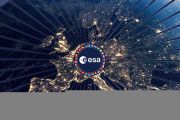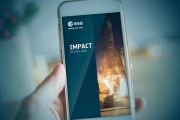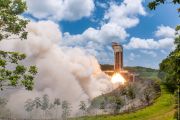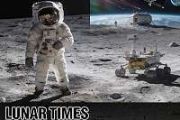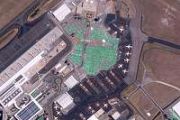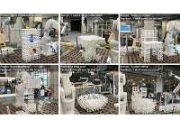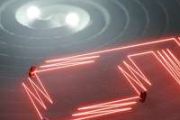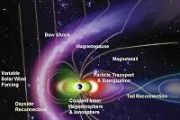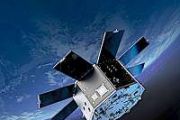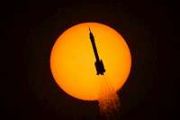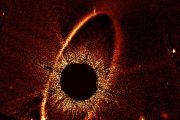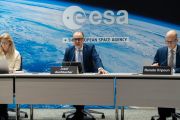
Copernical Team
South Korea hails successful launch of homegrown rocket
 South Korea said Thursday it had successfully launched its homegrown Nuri rocket and placed working satellites into orbit, hailing a key step forward for the country's burgeoning space programme.
It was the third launch of the Nuri, which successfully put test satellites into orbit last year after a failed 2021 attempt saw the rocket's third-stage engine burn out too early.
The three-sta
South Korea said Thursday it had successfully launched its homegrown Nuri rocket and placed working satellites into orbit, hailing a key step forward for the country's burgeoning space programme.
It was the third launch of the Nuri, which successfully put test satellites into orbit last year after a failed 2021 attempt saw the rocket's third-stage engine burn out too early.
The three-sta Space Systems Command Awards $45.5M Launch Service Order to Northrop Grumman Systems Corporation for Prototype EWS Mission
 The U.S. Space Force's Small Launch and Targets Division's Office at Kirtland Air Force Base, Albuquerque, New Mexico, part of the Space Systems Command (SSC) Assured Access to Space organization, awarded a $45.5 million task order to Northrop Grumman Systems Corporation on May 24 via an Orbital Services Program (OSP)-4 Indefinite Delivery / Indefinite Quantity (IDIQ) contract. The contract will
The U.S. Space Force's Small Launch and Targets Division's Office at Kirtland Air Force Base, Albuquerque, New Mexico, part of the Space Systems Command (SSC) Assured Access to Space organization, awarded a $45.5 million task order to Northrop Grumman Systems Corporation on May 24 via an Orbital Services Program (OSP)-4 Indefinite Delivery / Indefinite Quantity (IDIQ) contract. The contract will Northrop Grumman on track to produce early-warning missile defense program
 Northrop Grumman Corporation (NYSE: NOC) recently completed a Preliminary Design Review (PDR) for the U.S. Space Force Space Systems Command's Next Generation Overhead Persistent Infrared Polar (NGP) program. The company is on track to begin production of the early-warning missile system in defense of the nation.
The design review establishes the company's technical approach for the full i
Northrop Grumman Corporation (NYSE: NOC) recently completed a Preliminary Design Review (PDR) for the U.S. Space Force Space Systems Command's Next Generation Overhead Persistent Infrared Polar (NGP) program. The company is on track to begin production of the early-warning missile system in defense of the nation.
The design review establishes the company's technical approach for the full i BAE Systems to develop autonomous space-based surveillance technology
 The Defense Advanced Research Projects Agency (DARPA) has awarded BAE Systems' FAST LabsTM research and development organization a $7 million contract for the Oversight autonomous space-based target custody program.
Traditional space intelligence, surveillance, and reconnaissance (ISR) collection can be siloed, labor intensive, and unable to dynamically re-evaluate quickly enough to take a
The Defense Advanced Research Projects Agency (DARPA) has awarded BAE Systems' FAST LabsTM research and development organization a $7 million contract for the Oversight autonomous space-based target custody program.
Traditional space intelligence, surveillance, and reconnaissance (ISR) collection can be siloed, labor intensive, and unable to dynamically re-evaluate quickly enough to take a Chinese mission with first civilian reaches space station
 China sent three astronauts to its Tiangong space station on Tuesday, putting a civilian into orbit for the first time as it pursues plans to send a crewed mission to the Moon by 2030.
The world's second-largest economy has invested billions of dollars in its military-run space programme in a push to catch up with the United States and Russia.
The Shenzhou-16 crew took off atop a Long Ma
China sent three astronauts to its Tiangong space station on Tuesday, putting a civilian into orbit for the first time as it pursues plans to send a crewed mission to the Moon by 2030.
The world's second-largest economy has invested billions of dollars in its military-run space programme in a push to catch up with the United States and Russia.
The Shenzhou-16 crew took off atop a Long Ma Aeolus enhances volcanic ash forecasts for aviation safety
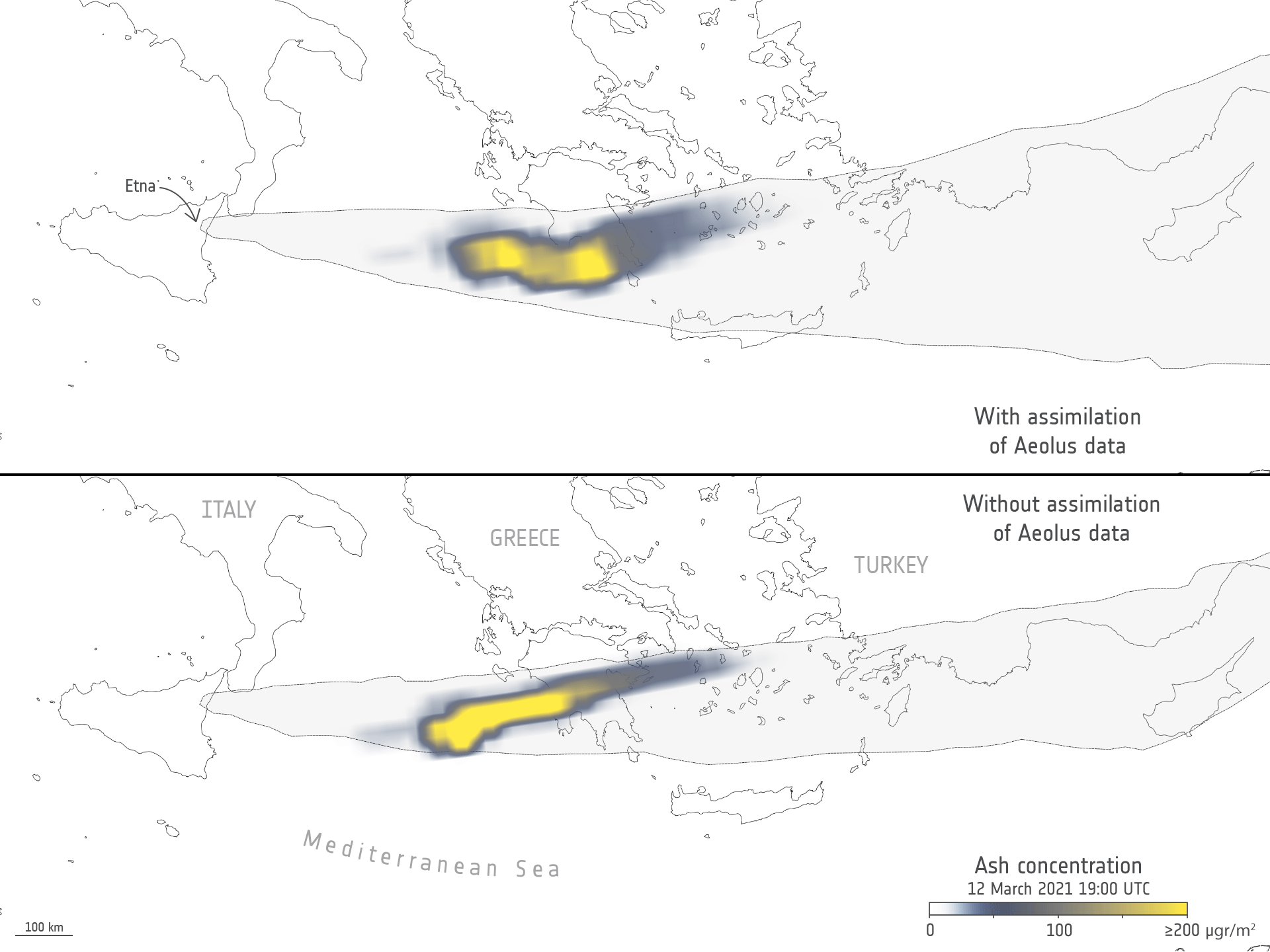
Aeolus enhances volcanic ash forecasts for aviation safety
China launches Shenzhou-16 with first civilian to space station
 China sent three astronauts to its Tiangong space station on Tuesday, putting a civilian into orbit for the first time as it pursues plans to send a crewed mission to the Moon by the end of the decade.
The world's second-largest economy has invested billions of dollars in its military-run space programme in a push to catch up with the United States and Russia.
The Shenzhou-16 crew took o
China sent three astronauts to its Tiangong space station on Tuesday, putting a civilian into orbit for the first time as it pursues plans to send a crewed mission to the Moon by the end of the decade.
The world's second-largest economy has invested billions of dollars in its military-run space programme in a push to catch up with the United States and Russia.
The Shenzhou-16 crew took o Juice's final deployments complete: Ready for study of Jupiter
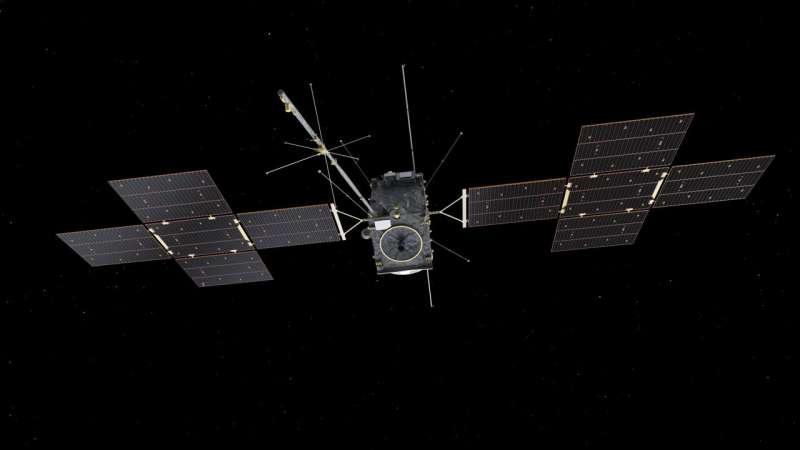
Flight controllers at ESA's mission control center in Germany have been busy this week, working with instrument teams on the final deployments to prepare ESA's Jupiter Icy Moons Explorer (Juice) for exploring Jupiter.
It has been six weeks since Juice began its journey, and in that time the Flight Control Team have deployed all the solar panels, antennas, probes and booms that were tucked away safely during launch. The last step has been the swinging out and locking into place of the probes and antennas that make up Juice's Radio & Plasma Wave Investigation (RPWI).
"It's been an exhausting but very exciting six weeks," says Angela Dietz, deputy spacecraft operations manager for the mission. "We have faced and overcome various challenges to get Juice into the right shape for getting the best science out of its trip to Jupiter."
We've had regular snapshots of the entire deployment process thanks to Juice's two onboard monitoring cameras, each with a different field of view.
UAE announces groundbreaking mission to asteroid belt, seeking clues to life's origins
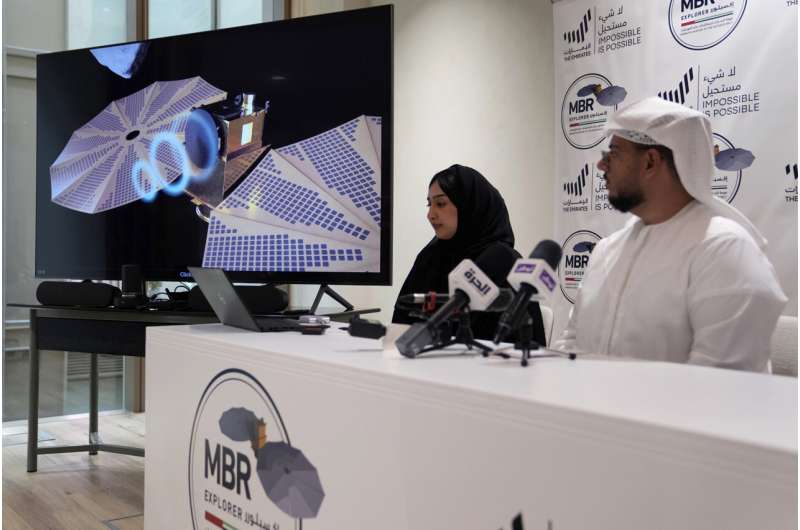
China plans to land astronauts on moon before 2030, expand space station, bring on foreign partners







